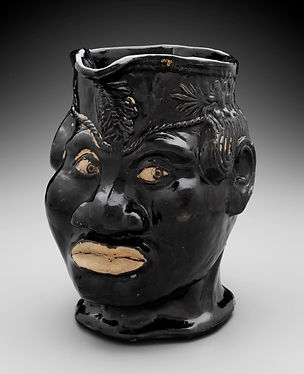Four Casta Paintings, Jose Guiol Buenaventura

These casta paintings are a long colonial tradition that defined the different racial castes in New Spain from interracial couples.
It emphasizes and solidifies a racial hierarchy that did not exist before the arrival of white colonists in the New World. The prejudice created from these paintings still is prominent in many of the societies that were once a part of New Spain.
It maintained and still maintains a superiority complex amongst minorities put in place by their colonizers.
Explore More!
"Spaniard and Indian Produce a Mestizo, attributed to Juan Rodriguez"
1.
Castes of New Spain, Ignacio de Castro

These casta paintings are a long colonial tradition that defined the different racial castes in New Spain from interracial couples.
It emphasizes and solidifies a racial hierarchy that did not exist before the arrival of white colonists in the New World. The prejudice created from these paintings still is prominent in many of the societies that were once a part of New Spain.
It maintained and still maintains a superiority complex amongst minorities put in place by their colonizers.
Pitcher, Unknown

The exaggerated nose and lip features explicitly is a reference racist caricatures from the 19th century, which also continued to be seen well into the 20th century during the Jim Crow era.
This pitcher is meant to portray Haitian Revolution leader, Toussaint L'Ouverture, who is a renowned figure in Haitian and world history.
A portrayal like this of a renowned historical figure can only be explained through racist thinking.
La Japonaise, Claude Monet

Many of Monet's artworks see influences from Japan, like its easily recognizable architecture.
Monet's wife is seen wearing a traditional Japanese dress.
This painting veers more into cultural appropriation than cultural appreciation, that is when someone from a typically dominant culture adopts elements from another culture not of their own.
John, 1st Baron Byron, Kehinde Wiley

Wiley's portrait flips tradition of portraiture on its head.
Historically, this style of portraiture has been reserved for affluent, white men with extravagant clothing. Here, Wiley portrays a Black man in streetwear.
Considering that Black men are almost always erased from art or represented in a racist manner, showing their portrayal in a style that is often reserved for prominent white men speaks volumes.
Kehinde Wiley: ‘I think ideas are just as important as the material practice of painting’
1.